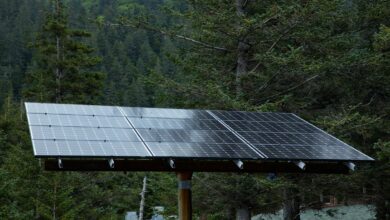Samsung Galaxy Z Fold 6 Review: So Close to Being My Favorite Foldable Phone Yet
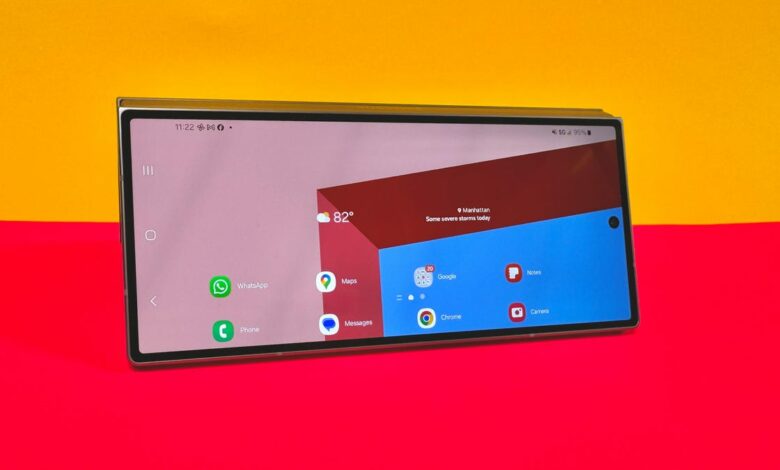
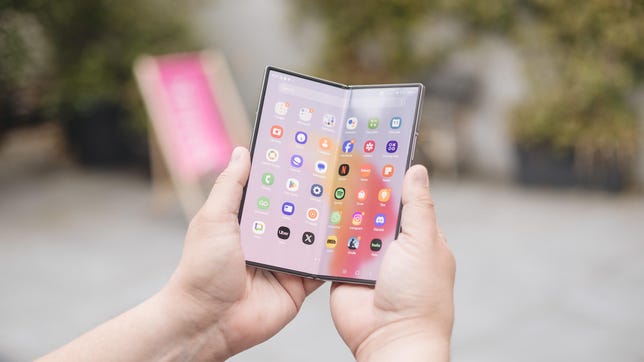
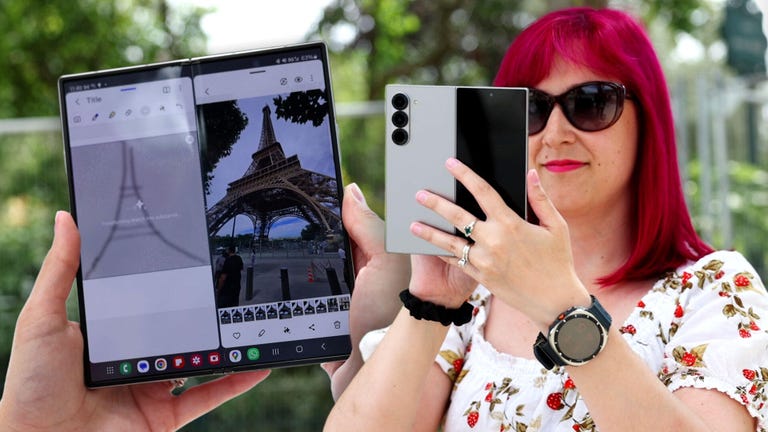
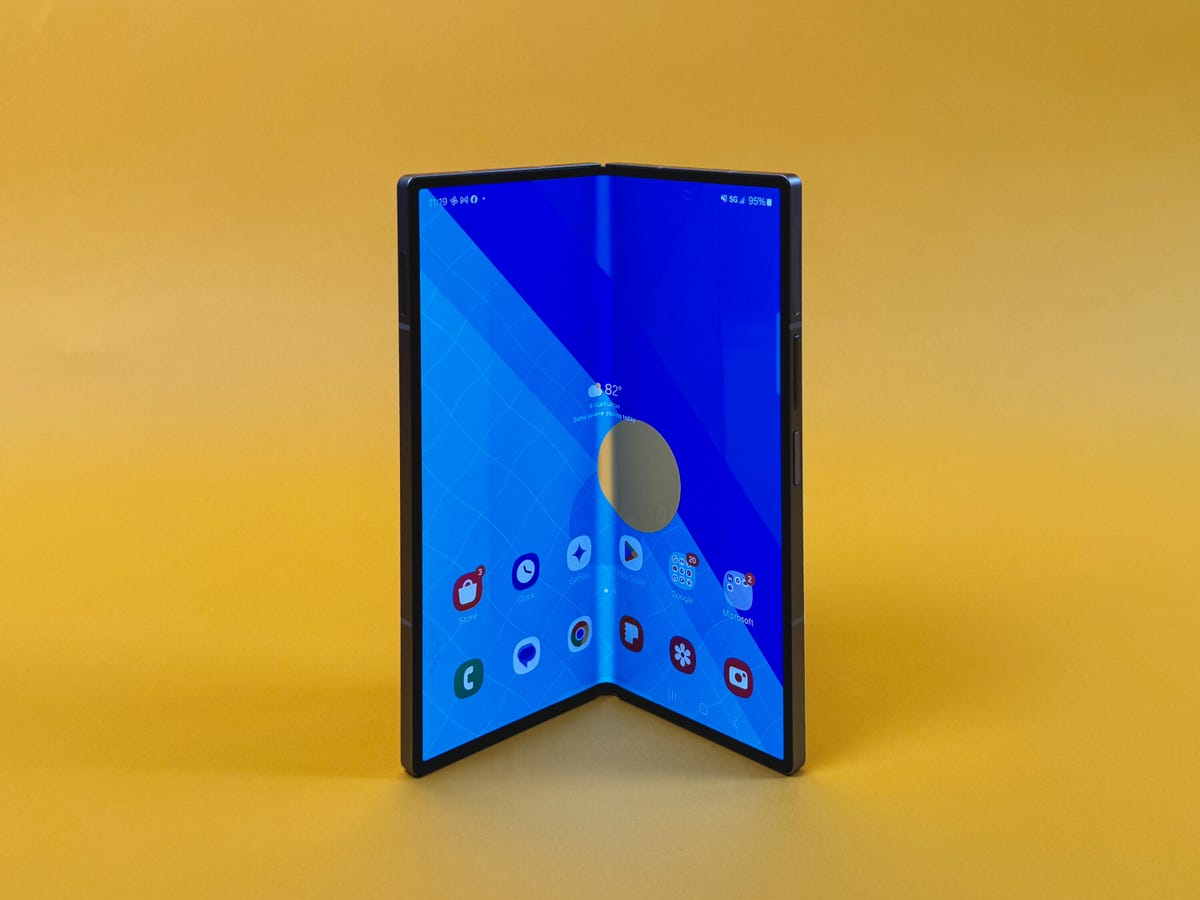
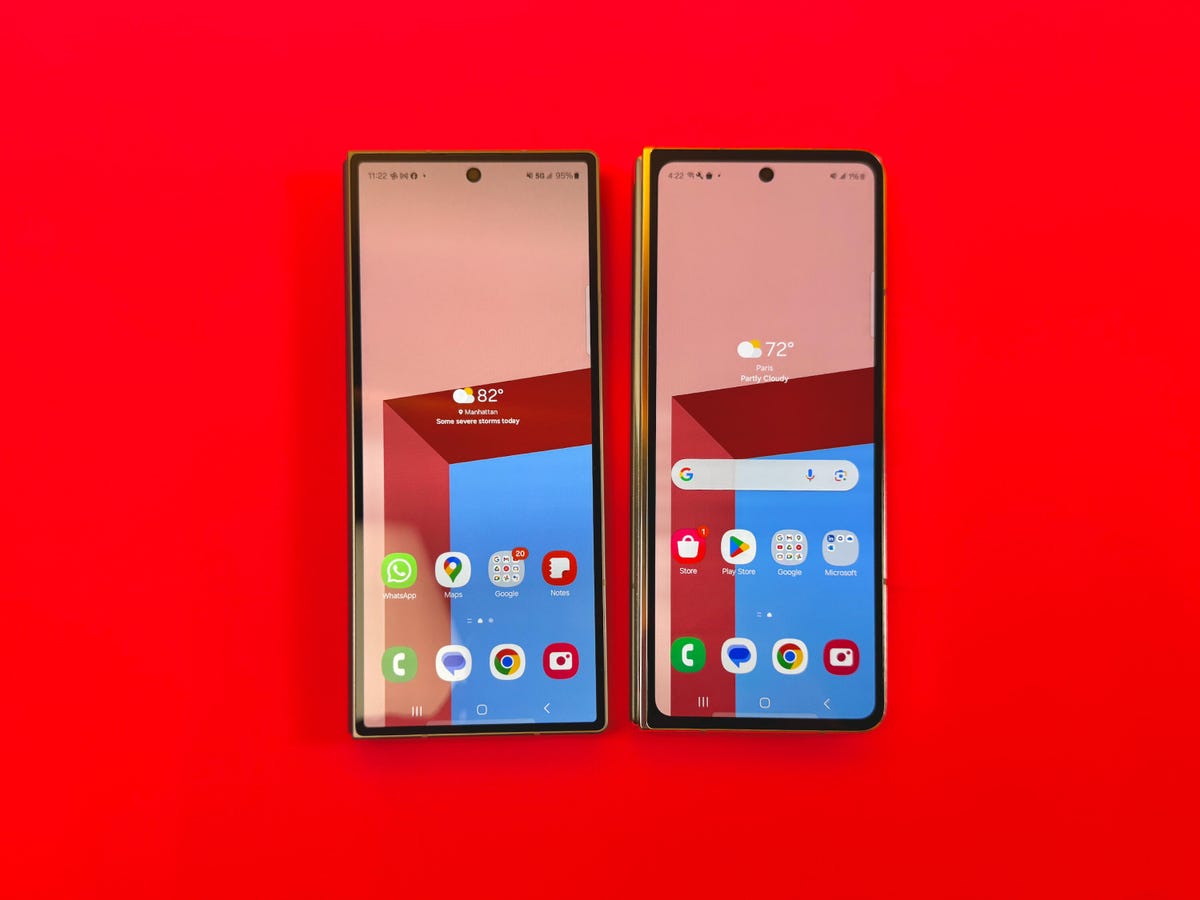
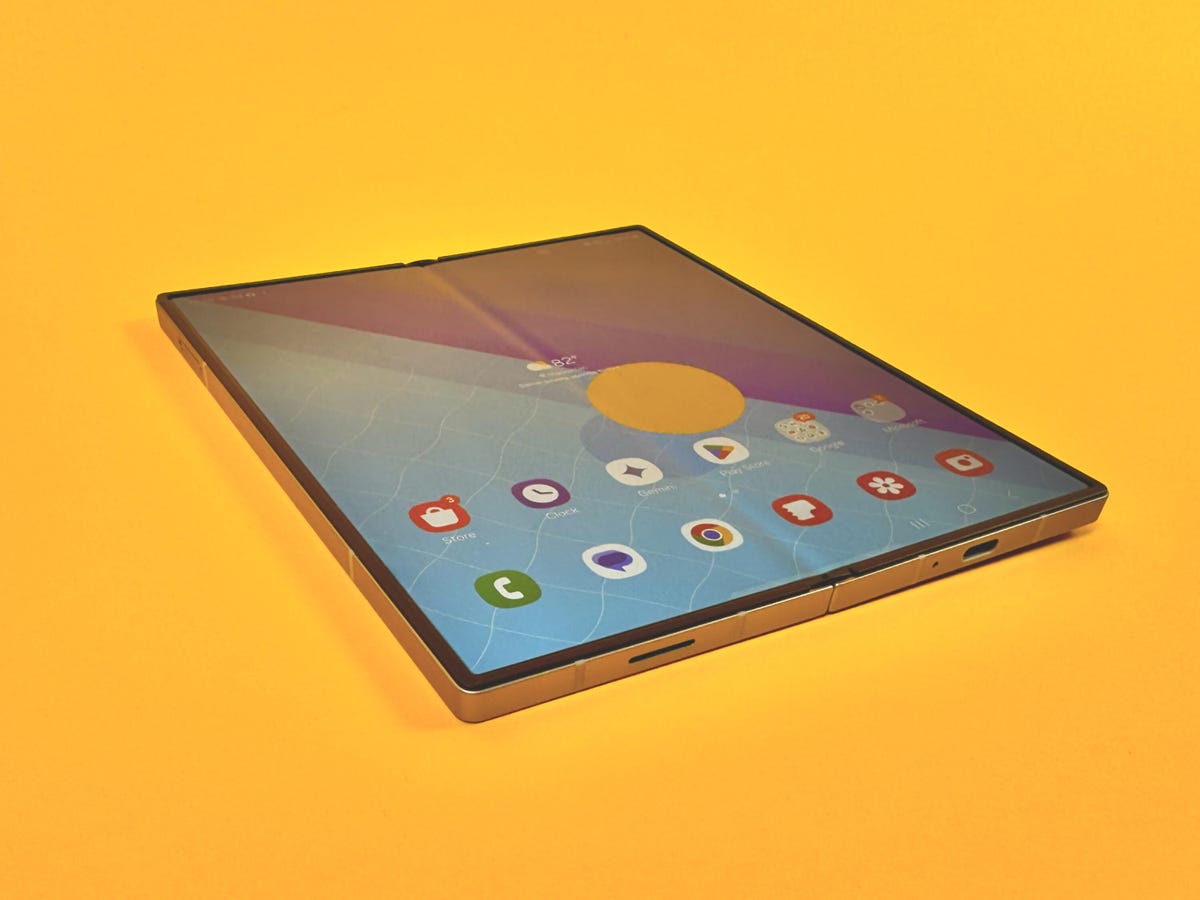
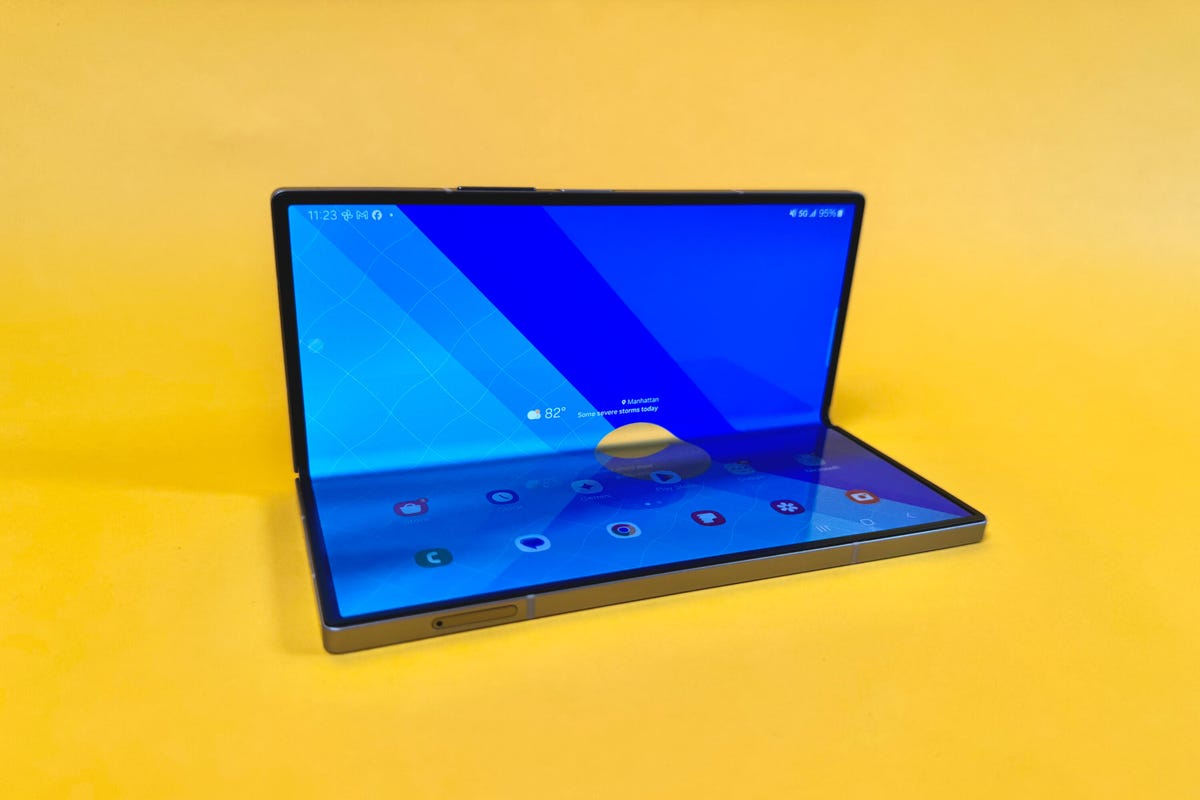
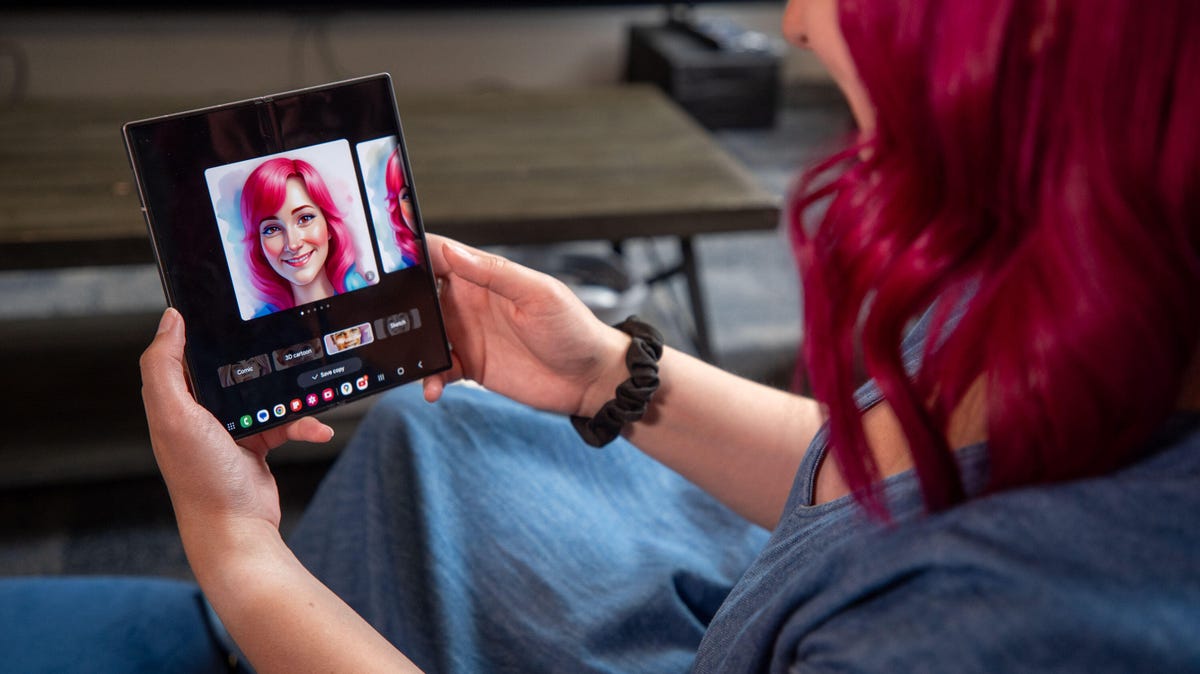
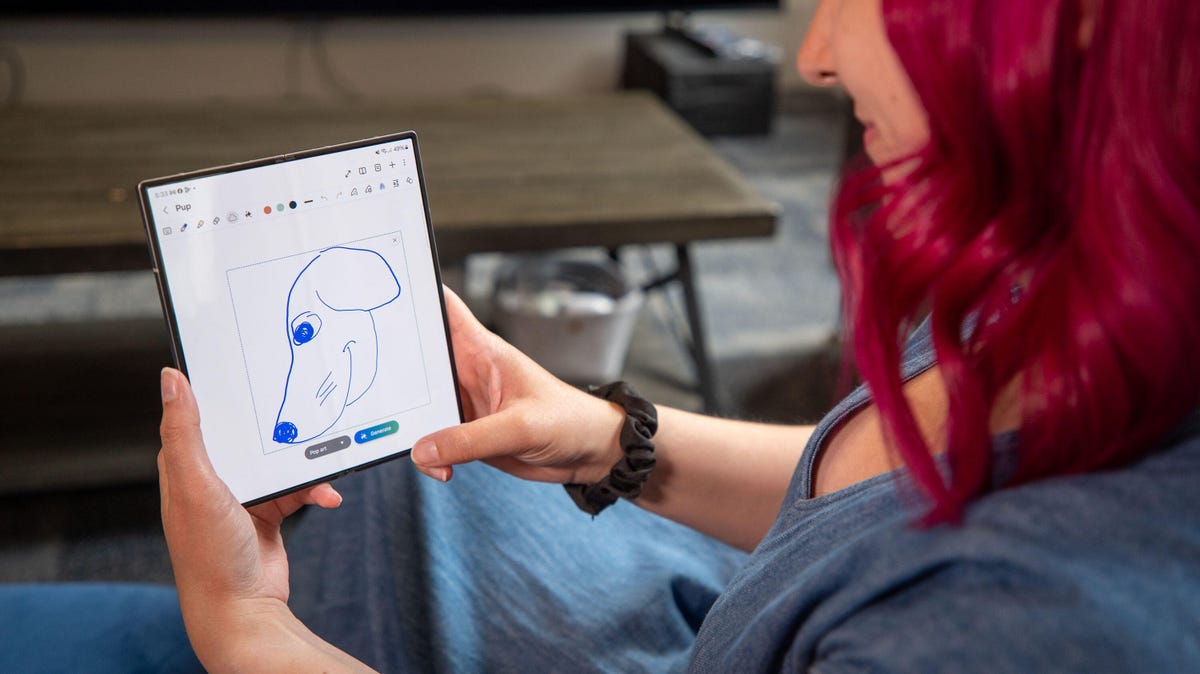
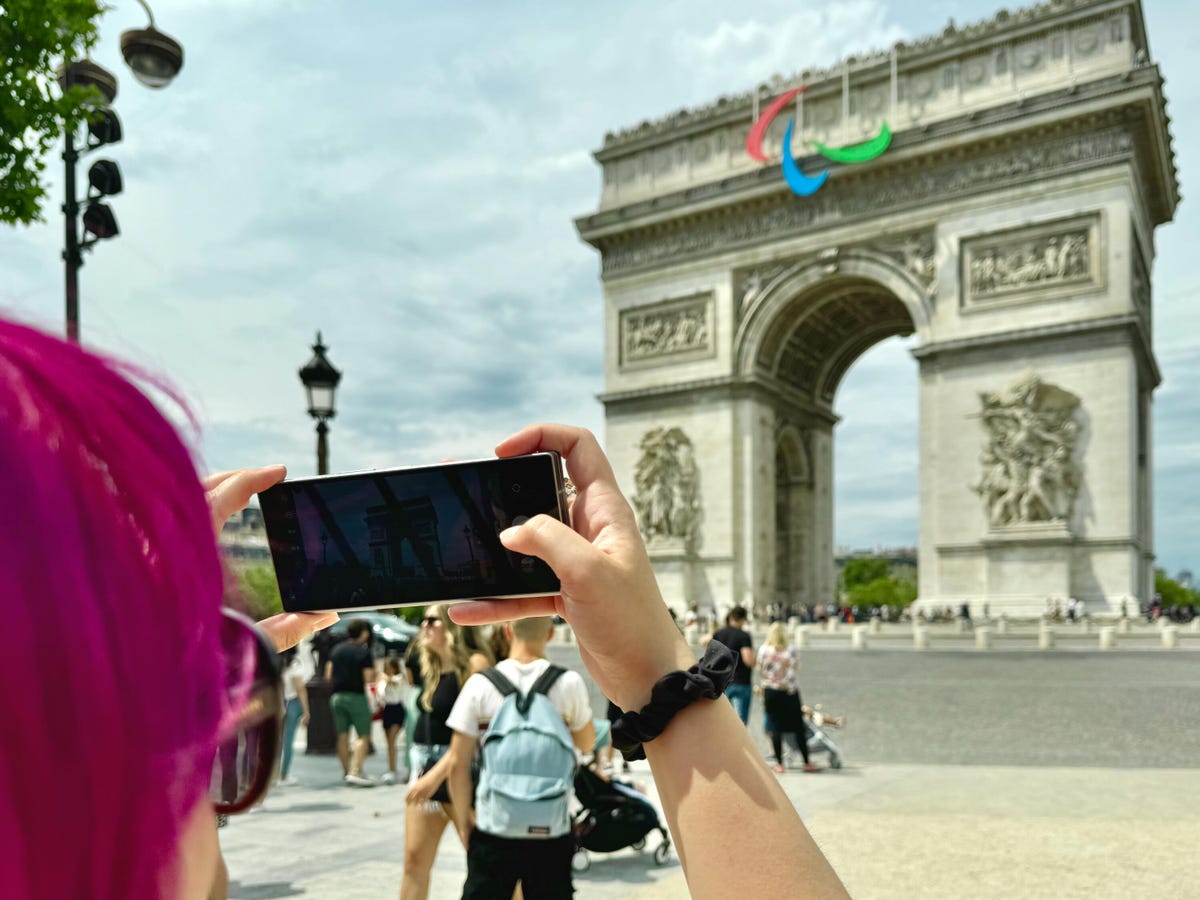



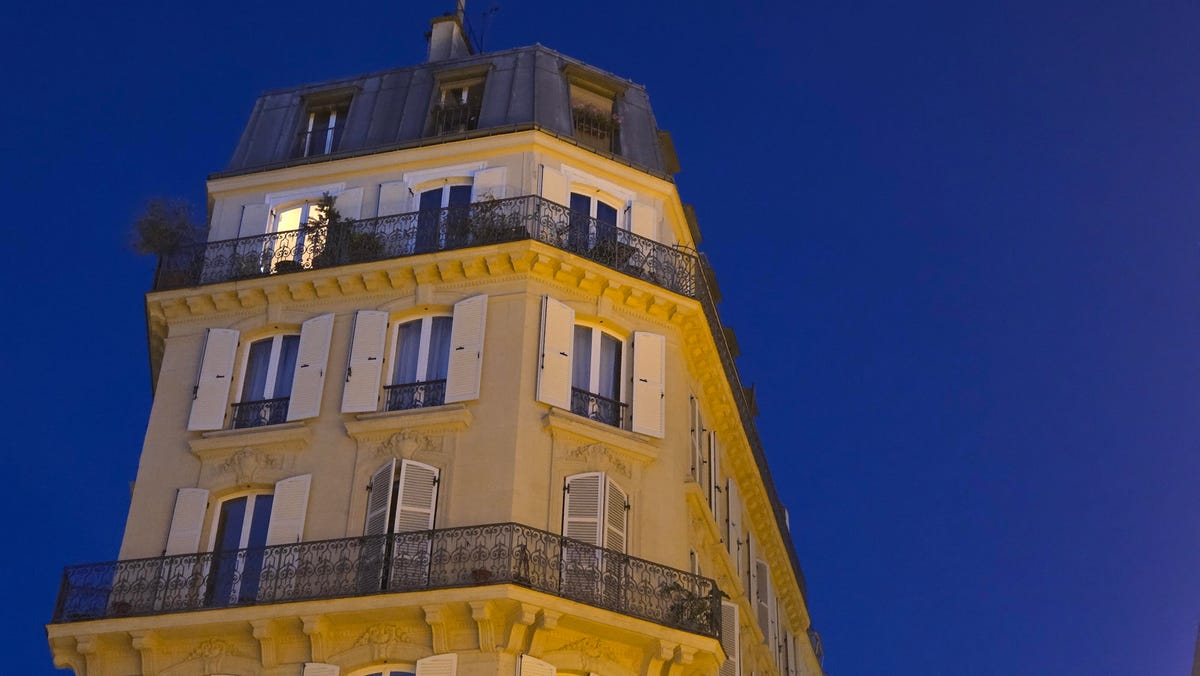
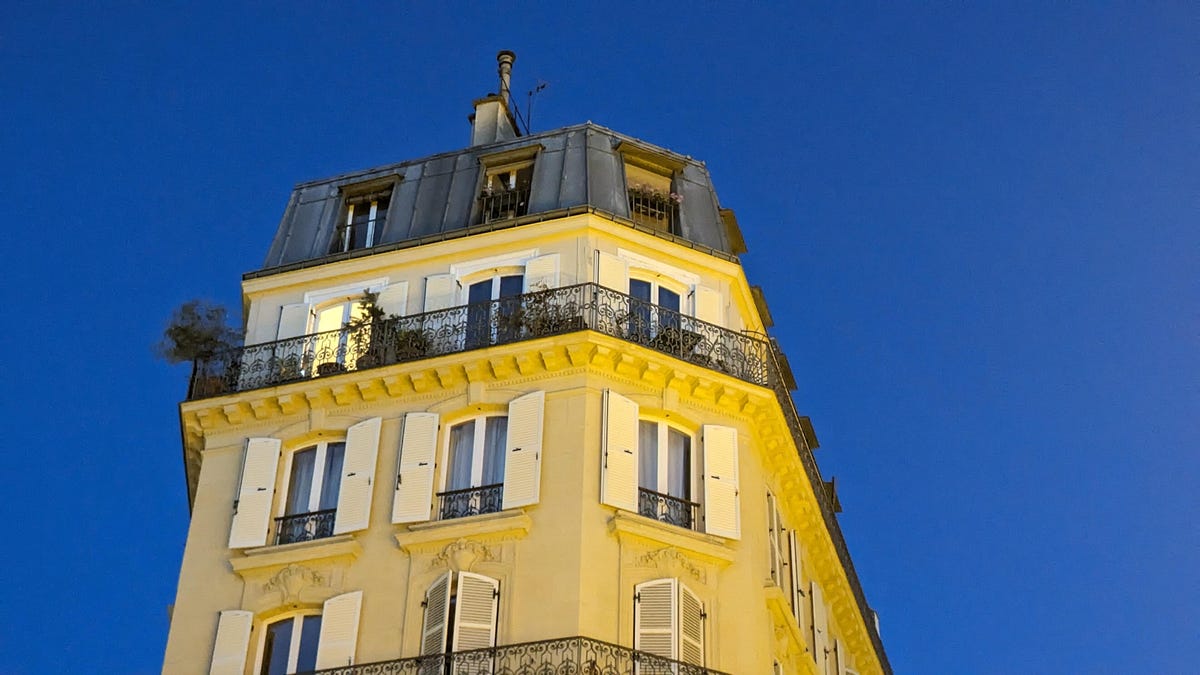
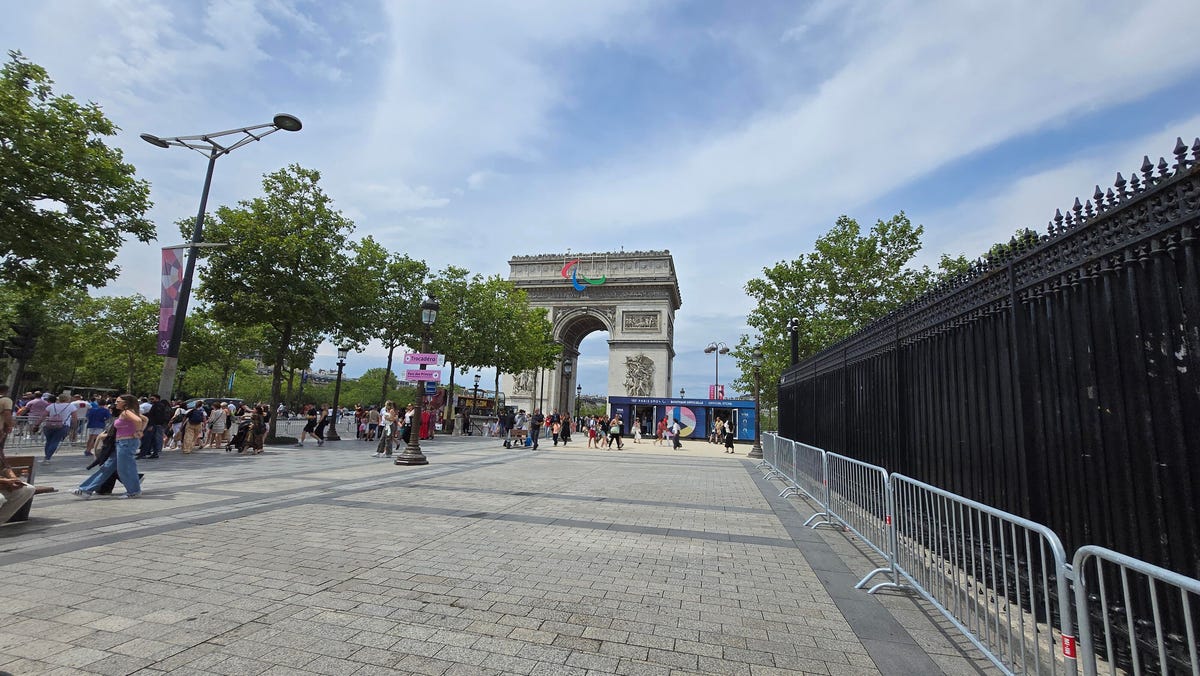
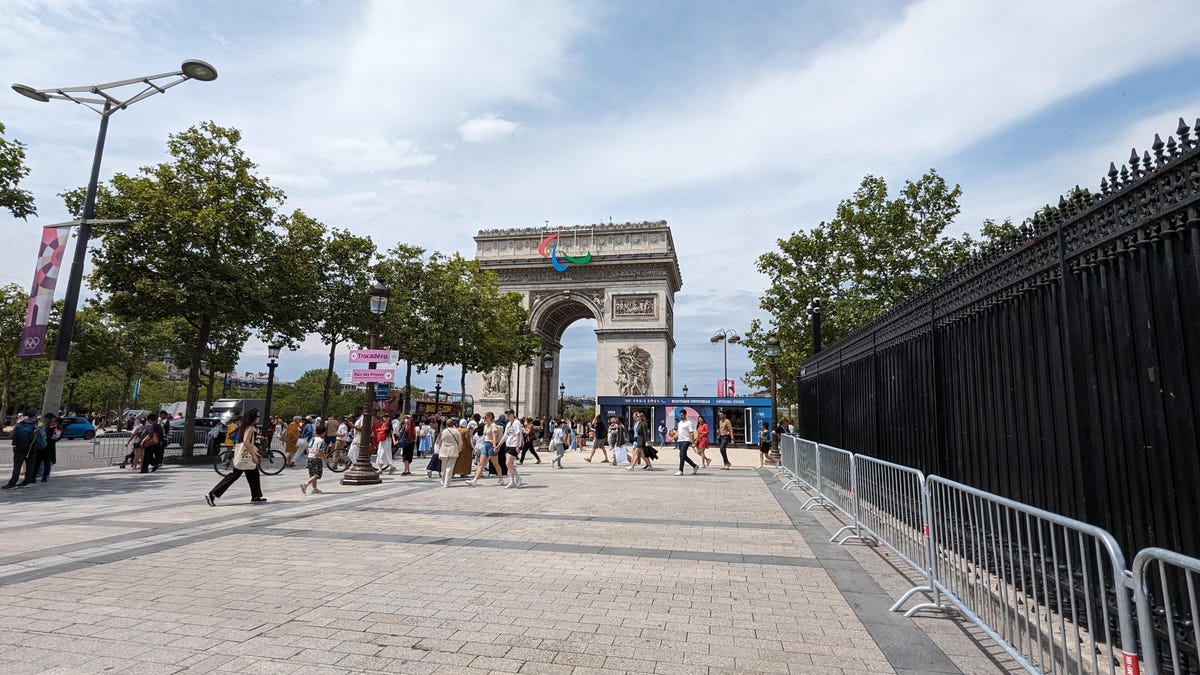
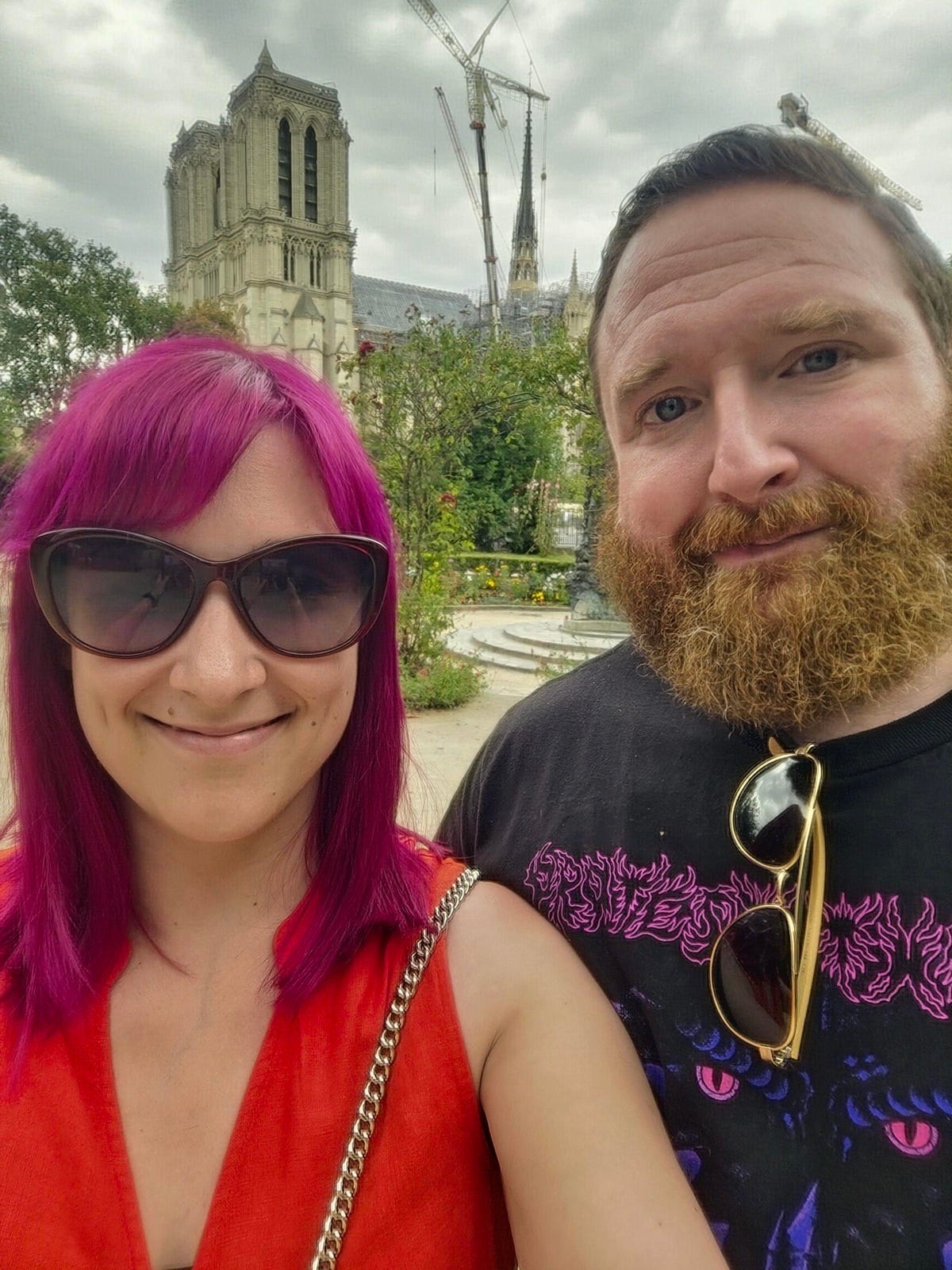
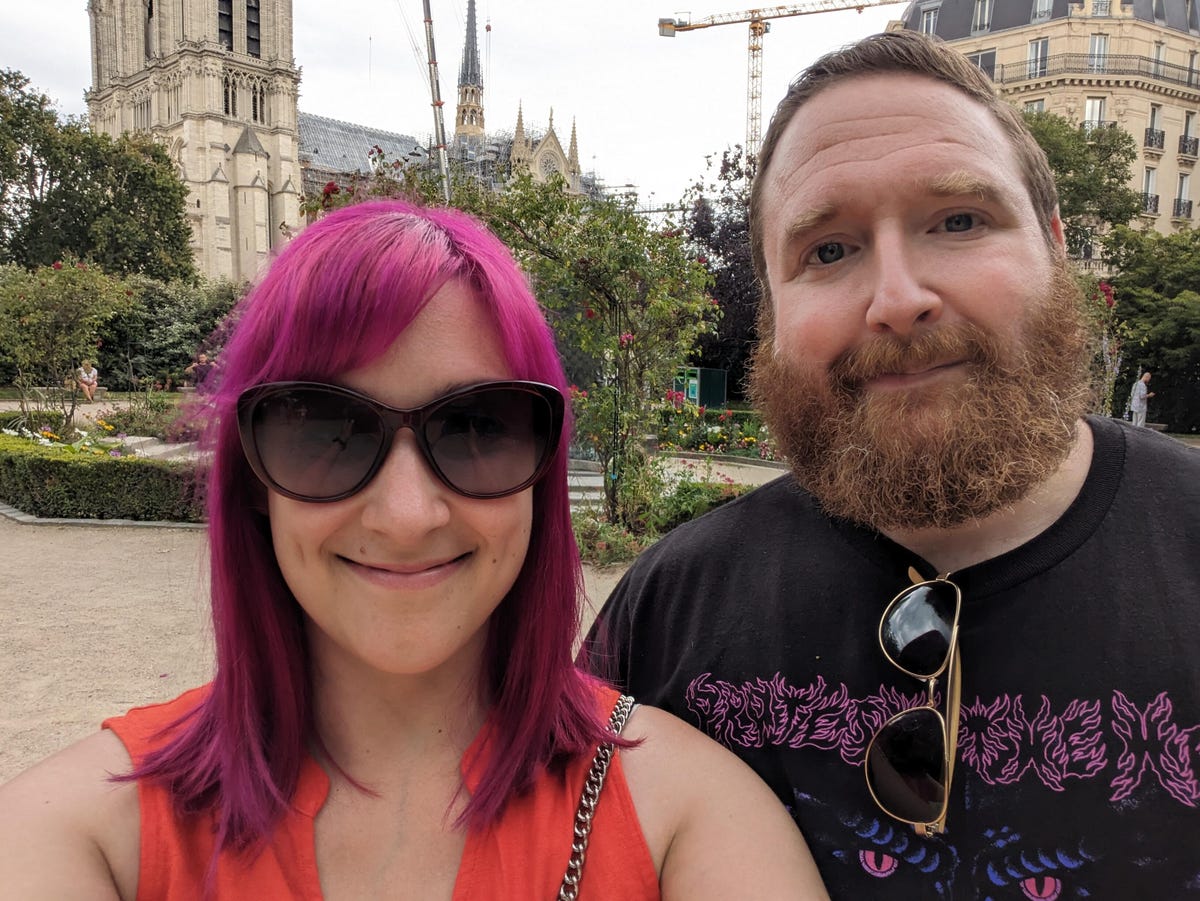
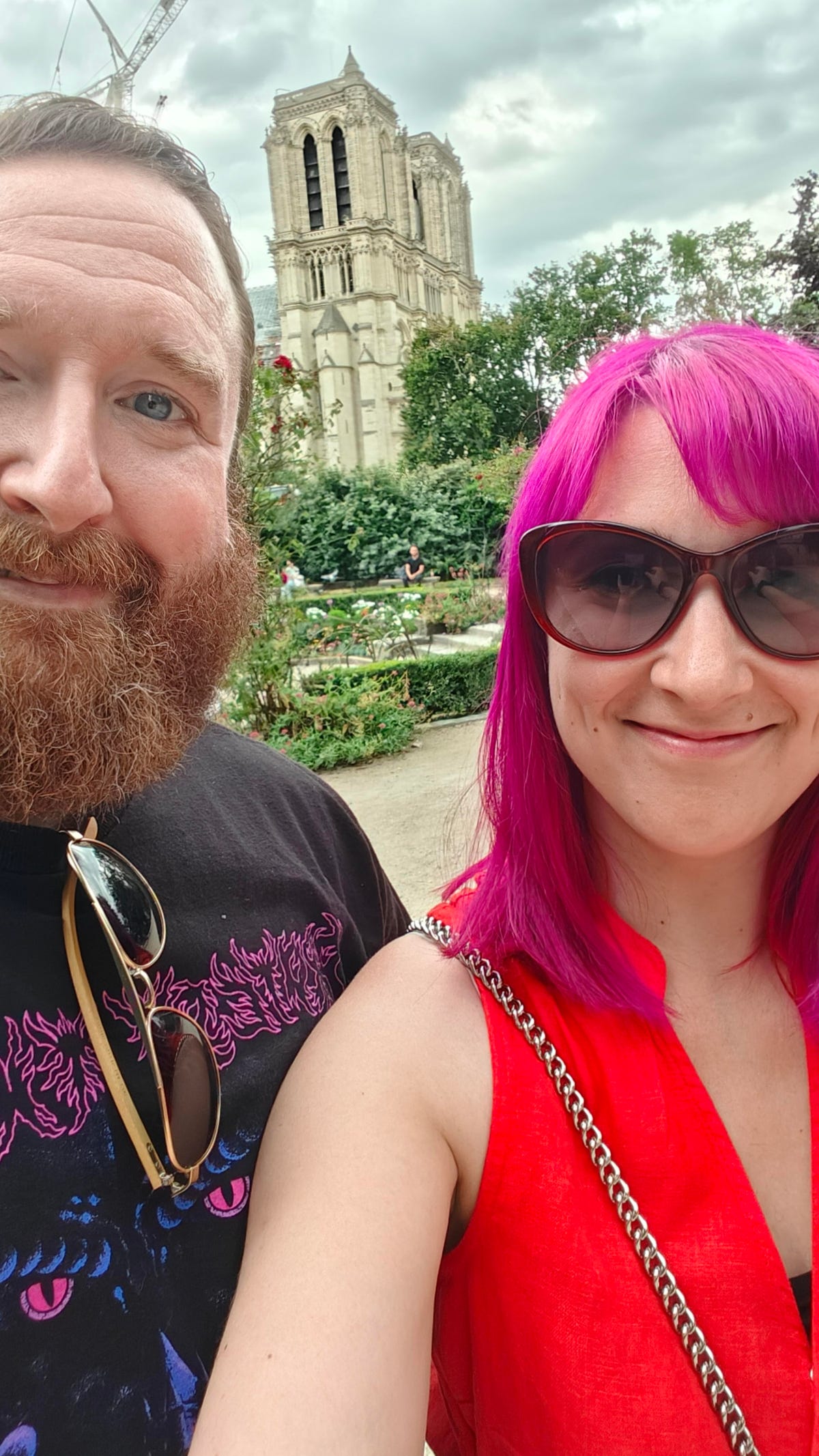
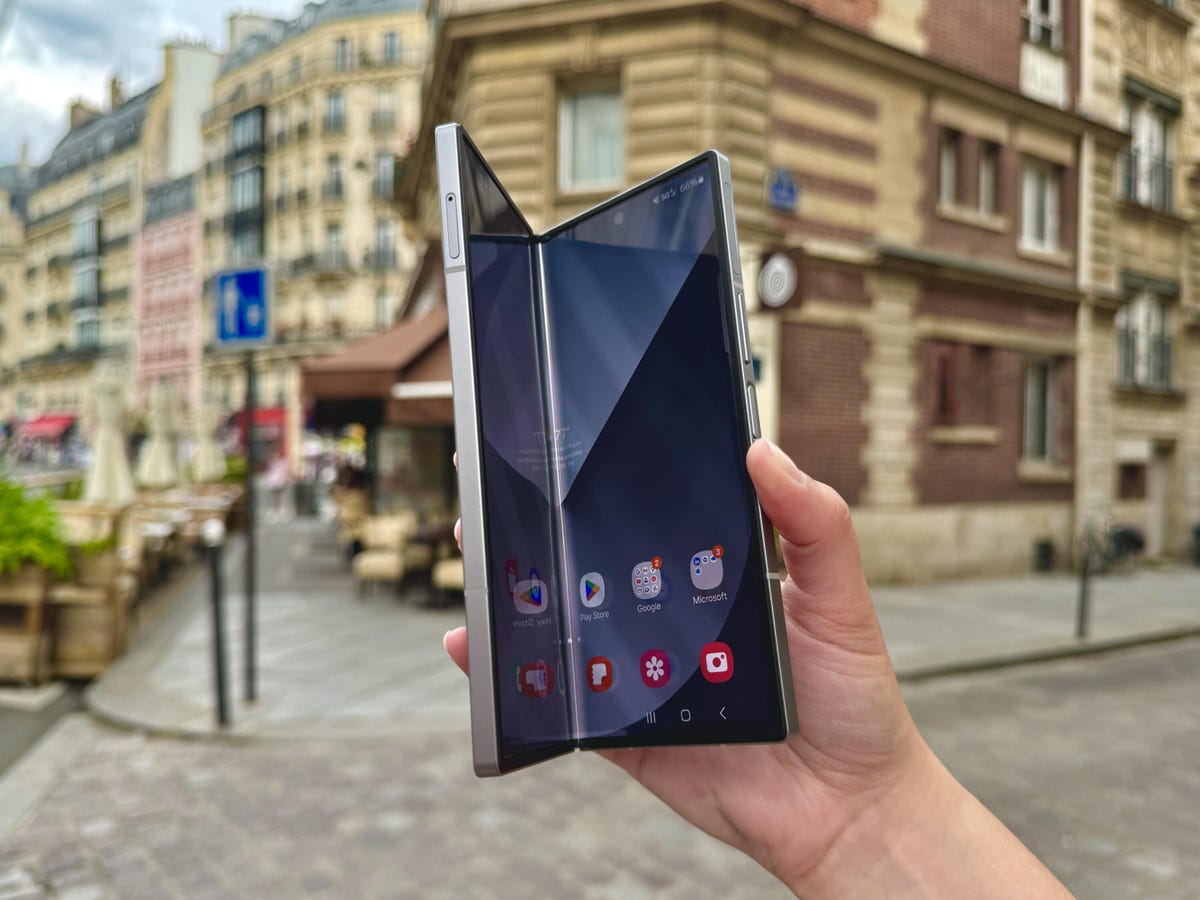
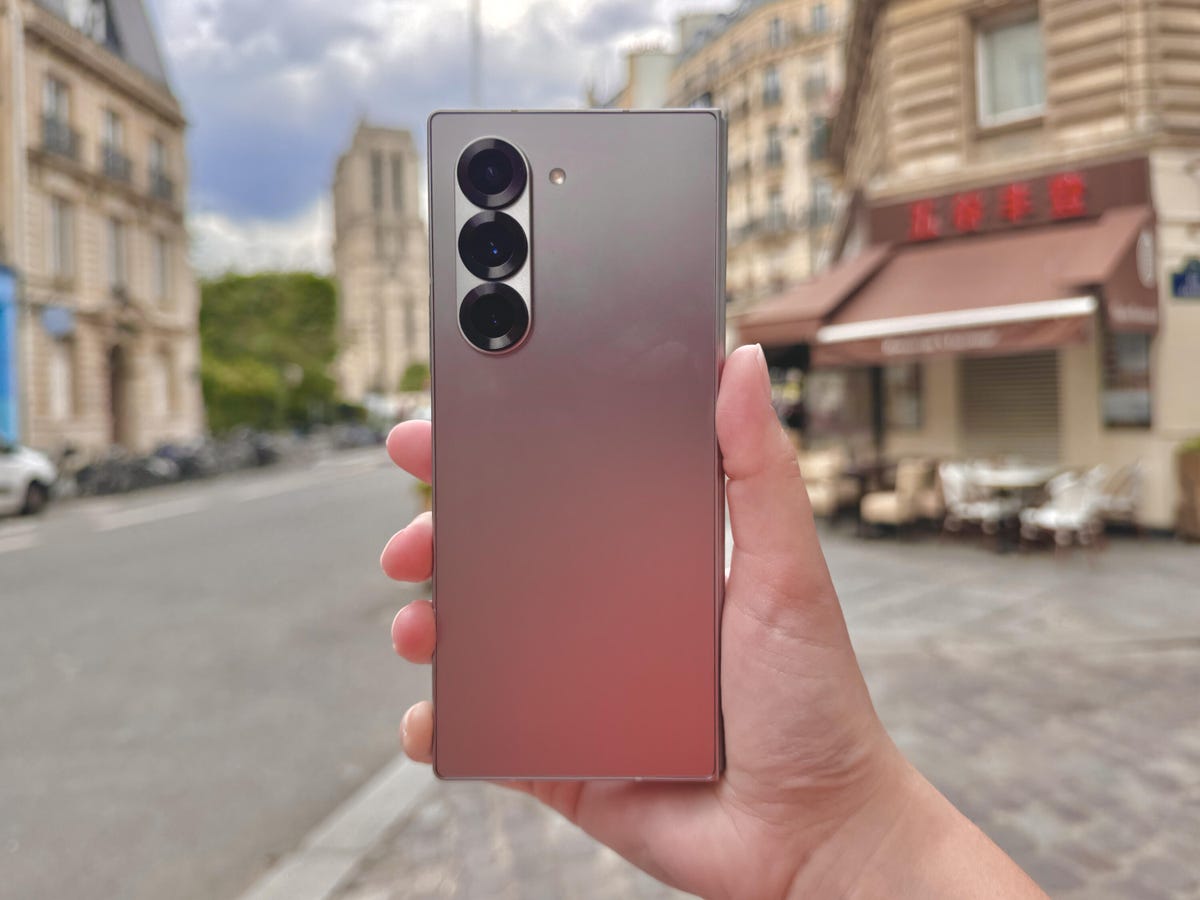

Pros
- Larger and more symmetrical front screen
- Improved design with less crease
- Inner screen is among the best on a foldable phone
- Better ultrawide camera
- 7 years of software upgrades
Cons
- $100 more expensive than the Galaxy Z Fold 5
- No major improvements to charging speeds or battery life
- Most new software features aren’t specific to foldable design
With the Galaxy Z Fold 6, Samsung finally achieved its goal of making a foldable that can truly replicate the experience of a traditional phone while doubling as a sleek tablet. Roughly five years after the original Galaxy Fold’s launch, Samsung’s book-shaped device has gotten lighter, slimmer, more durable and natural to use as a phone; a seemingly mundane but necessary improvement.
The Galaxy Z Fold 6’s new design, clearly inspired by the Galaxy S24 Ultra, is its most striking upgrade. Samsung has also thrown in some new AI-powered software features, an ultrawide camera sensor that’s better at capturing photos in the dark and a fresh processor to match the one inside the Galaxy S24 lineup.
Unfortunately, those upgrades come at a cost: $1,900 to be exact. Samsung’s already expensive foldable phone is $100 pricier than it was last year, proving that the Galaxy Z Fold is indeed a luxury device. The Galaxy Z Fold 6’s svelte build is a step forward, but Samsung’s price hike feels like a step backward, especially since the company introduced significant changes like a new hinge and a lighter design without raising prices in years past.
I’ve been enjoying using the Galaxy Z Fold 6, and I can see why it can be hard to go back to a regular phone once you’ve used it. Samsung also hasn’t provided the two biggest things I’m looking for in tablet-style foldable phones: more affordable prices and innovative software that makes better use of their dual screens. Instead, the Galaxy Z Fold 6 feels like an attempt to bring foldables up to speed with regular phones in areas like design and camera quality — a modest step forward rather than a major leap forward.
Read more: This Galaxy Ring Feature Shows How Samsung Can Stand Out From Oura

Watch this: Galaxy Z Fold 6: My Day in Paris With Samsung’s New Phone
Galaxy Z Fold 6 design and display

The Galaxy Z Fold 6 is lighter than last year’s phone.
The Galaxy Z Fold 6 has no problem masquerading as a regular phone when closed. Not only is the cover display slightly larger (6.3 inches versus 6.2 inches on the Z Fold 5), but the borders framing the screen are more symmetrical. The corners of the phone have a sharper and more angular look, much like the Galaxy S24 Ultra.
Taken together, these changes make the Galaxy Z Fold 6’s exterior look less like a cover screen and more like a regular standalone phone. It’s not just about how the phone looks; the flatter edges are easier to grip, and the roomier display provides a slightly bigger canvas for taking photos while the phone is closed. The Galaxy Z Fold 6 is also about 14 grams lighter than the Galaxy Z Fold 5, and the difference is noticeable as soon as you pick it up. It also has a durability rating of IP48 unlike previous Folds, meaning it should have some protection against foreign objects like debris in addition to water resistance.

The Galaxy Z Fold 6 (left) next to the Galaxy Z Fold 5 (right).
Such changes are necessary for Samsung to compete with the $1,800 Google Pixel Fold and $1,700 OnePlus Open, both of which have wider outer displays meant to make their respective phones feel easy to navigate when closed. I used to prefer the Pixel Fold’s wider shape when closed over the Z Fold’s, but the Z Fold 6 feels like the right combination of being expansive enough to avoid compromising the phone experience without feeling too broad.
The internal tablet-sized screen still measures 7.6 inches like that of the Z Fold 6’s predecessors. The crease is slightly less noticeable this time around thanks to an additional display layer and a more durable hinge. The new sharper corners also give the Z Fold 6 a cleaner and more streamlined look when opened, sort of like that of a sheet of paper or an e-reader.

The Galaxy Z Fold 6’s flatter edges give the device a sleeker feel.
Roaming around Paris, the Galaxy Z Fold 6’s spacious screen came in handy for viewing Google Maps and browsing photos taken while wandering the city on a larger display. Although I usually prefer to dedicate the entire internal screen to one app, split screen mode was surprisingly useful while traveling, particularly for pulling restaurant recommendations from a chat in WhatsApp and plugging them straight into Google Maps without having to switch between apps.
Galaxy Z Fold 6 AI and software features

The Galaxy Z Fold 6 comes with some new AI software features.
Samsung, like the rest of the tech industry, is enamored with generative artificial intelligence, and it’s looking for new ways to implement the technology in its most important products.
The Galaxy Z Fold 6 and Galaxy Z Flip 6 are the company’s latest attempt to do just that with new features that recast selfies in different artistic styles, generate full images from rough sketches, leverage both of the Z Fold’s screens to translate conversations and more. That’s in addition to existing features for erasing objects from photos, summarizing notes, translating phone calls in real-time, and searching Google just by drawing a circle around an object on the screen.
Portrait Studio, the tool that stylizes photos of people, is a lot of fun to play around with. I went down a rabbit hole transforming selfies into 3D cartoons, watercolor paintings and sketches, full of curiosity about how Samsung’s AI would interpret my images. Sometimes the results were flattering and somewhat accurate; other times they were unrecognizable. A cartoon version of me, for instance, had blue eyes even though my eyes are brown.

Samsung’s Portrait Studio tool turns selfies into artwork, but not all the results looked like me.
Sketch to Image, as its name implies, can generate a picture in a specific style based on a drawing. I’m a terrible artist, so my sketches are in much need of refinement. Like Portrait Studio, Sketch to Image was somewhat inconsistent but still a lot of fun.
Sometimes I was impressed by the results, as was the case when the phone morphed my barebones drawing into a watercolor painting of the Eiffel Tower. Other times, the images were surprising. When I drew a simple stick figure, for example, the AI came up with a figure that looked like it belonged in a Tim Burton flick.
Regardless, Sketch to Image and Portrait Studio are delightful and entertaining, but it’s hard to imagine how I would use them on a regular basis. Samsung’s Composer feature, which can generate text for messages and social media based on prompts, seems more useful in theory. But so far, it’s given my a very similar sounding prose whether I was replying to a friend’s message or drafting an Instagram caption, just with different keywords.

Samsung’s sketch to image feature should be able to turn this rough drawing into an actual image.
What I’m really hoping to see are new features that take advantage of the fact that the Galaxy Z Fold has two screens. Samsung is on the right track with the new conversation mode in its Interpreter translation app. In this state, the app can display translated text on the cover screen facing outward and the inner screen at the same time, with the goal being to make it so that both participants in a conversation can easily see translations at the same time.
You’ll need to put the phone in flex mode — i.e. bent halfway — to use the app in this way, although it doesn’t kick in automatically. There’s a tiny button near the top of the screen that triggers conversation mode, which wasn’t immediately obvious to me at first.
Samsung’s New Galaxy Z Fold 6 Looks Good for Being So Square
See all photosI figured a visit to Paris’ bustling Le Marché des Enfants Rouges, a lively food market, would be the perfect place to put this to the test. I held up the Galaxy Z Fold in Flex mode as I ordered lunch from the most crowded stall in the market, but it was hard to focus on the conversation since I was too busy looking at the screen to make sure it was getting my words right. Since the market was so crowded, the phone kept detecting speech from other nearby shoppers.
I love the concept, but it ended up being easier to gesture, point and use the few French words I know to order my lunch rather than fussing with the phone. Conversation mode seems like it would only be useful in a few select circumstances where there isn’t much outside noise, such as when communicating with a cab driver. Not to mention, this feature isn’t entirely new; Google previously launched a similar translation tool on the Pixel Fold.
Samsung’s AI features can be impressive when they work, but I was really hoping to see more features that are specific to the Z Fold’s unique shape. Samsung hasn’t discussed when or if Sketch to Image and Portrait Studio will come to the Galaxy S series, but there’s no reason why they couldn’t. The only new feature that truly requires a foldable screen is conversation mode in the Interpreter app. Not all these features feel original either; Apple, for example, recently announced upcoming iPhone features for generating images based on drawings.
More from Samsung Unpacked
Instead, I’m hoping Samsung finds creative new ways to make the cover screen stand out. For example, one of the best things about using the Galaxy Z Fold is that it has a built-in kickstand. Stand it up like a tent or bend it halfway backward in flex mode, and you have an easy way to prop up your phone while watching a YouTube video or listening to Spotify.
Samsung should lean into that aspect of the Galaxy Z Fold in a bigger way. What if entertainment apps had special widgets and interfaces for Flex mode? Or better yet, what if the home screen was better optimized for landscape orientation when in Flex mode? What I’m really looking for is a Samsung version of Apple’s Standby mode, which essentially transforms the iPhone into a miniature smart display when turned sideways and plugged in. A feature like this seems like a no-brainer for the Galaxy Z Fold.
In a future update, the Galaxy Z Fold 6 will be able to run Google’s Gemini overlay (i.e. the mini-window that pops up) in multi-window mode, which is a step in the right direction.
Galaxy Z Fold 6 cameras

The Galaxy Z Fold 6 has nearly the same cameras as the Z Fold 5.
The Galaxy Z Fold 6 has a 50-megapixel main camera, 12-megapixel ultrawide camera and 10-megapixel telephoto camera, just like the Galaxy Z Fold 5. The only notable difference this year is that Samsung updated the ultrawide camera’s sensor to help it perform better in low light, which I found to be accurate when testing the two phones’ ultrawide cameras side-by-side.
Camera quality isn’t the top reason to buy a foldable phone, but a phone as expensive as the Galaxy Z Fold 6 should have excellent cameras. Although the Z Fold 6’s camera system is a step below the Galaxy S24 Ultra’s, it still takes detailed and colorful photos that were in many cases better than those from its rivals.
Samsung’s cameras generally excel when it comes to color. Photos captured on the Galaxy Z Fold 6 looked vivid and vibrant, which in most cases resulted in the best photo of the bunch when compared to the Google Pixel Fold and OnePlus Open.
Look at this photo of a slice of cheesecake, for example. Samsung’s photo has the right balance of brightness, boldness and detail, making it punchier than the other two.
Samsung Galaxy Z Fold 6

This photo of a slice of cheesecake was taken on the Galaxy Z Fold 6.
Google Pixel Fold

This photo of a slice of cheesecake was taken on the Google Pixel Fold.
OnePlus Open

I used the OnePlus Open to take a photo of this slice of cheesecake.
There are some areas in which the Pixel Fold pulled ahead of the Galaxy Z Fold 6, namely when it comes to nighttime photography and the ultrawide camera. In the photos below, you’ll notice Google’s photo of a building in Paris at night is brighter than Samsung’s.
Samsung Galaxy Z Fold 6

This photo of a building in Paris at night was shot at a 2x zoom on the Galaxy Z Fold 6.
Google Pixel Fold

The Google Pixel Fold captured this photo of a building at night in Paris at a 2x zoom.
Similarly, this photo of the Arc de Triomphe taken with the Pixel Fold’s ultrawide camera has more detail and crispness to it than Samsung’s, both in the monument itself and the surrounding trees.
Samsung Galaxy Z Fold 6

Samsung’s ultrawide shot of the Arc de Triomphe
Google Pixel Fold

This photo of the Arc de Triomphe was taken on Google’s Pixel Fold.
When it comes to the Galaxy Z Fold 6’s inner camera, there’s good news and bad news. First, the bad: The camera still only has a low-resolution 4-megapixel sensor. Now, the good: Thanks to the way Samsung processes images, photos taken with it don’t look half bad. I actually preferred the selfie taken with the Galaxy Z Fold 6’s inner camera over the one taken with the Pixel Fold’s 8-megapixel internal camera.
Samsung Galaxy Z Fold 6

This selfie was taken with the Galaxy Z Fold 6’s 4-megapixel interior camera.
Google Pixel Fold

Google’s version of the same photo.
The OnePlus Open’s selfie would have been my favorite of the bunch. The camera’s placement to the far right of the screen made it difficult to frame shots, as you can see in my attempt below.
OnePlus Open

The positioning of the OnePlus Open’s selfie camera made it hard to get a good shot.
Overall, the Galaxy Z Fold 6’s cameras feel like what you’d expect from a premium phone, and they’re among the best you can get from a foldable. The Z Fold 6’s high price also means the bar is even higher than before.
Galaxy Z Fold 6 battery life and performance

The Galaxy Z Fold 6’s battery life can last all day, but screen brightness and other factors will impact how much you get out of it.
The major theme with the Galaxy Z Fold 6 is how Samsung is closing the gap between its foldable phones and standard Galaxy S phones. That holds true when it comes to the processor, too. The phone runs on a version of Qualcomm’s Snapdragon 8 Gen 3 chip optimized for Samsung’s Galaxy phones, just like the Galaxy S24 lineup.
Samsung’s new foldables will receive new versions of Android for seven years along with the Galaxy S24 family. There’s also a larger vapor chamber in the Galaxy Z Fold 6 to improve its cooling system.
Whether I was playing demanding games like Diablo Immortal, running multiple apps on the Z Fold’s large screen, recording video or processing edits using Portrait Studio, the Z Fold 6 never lagged, stuttered or felt hot to the touch. It did get warm when running benchmark tests meant to measure general computing (Geekbench 6) and graphics performance (3DMark Wildlife Extreme). Still, the Galaxy Z Fold 6 performed a lot higher than the Google Pixel Fold and the OnePlus Open on Geekbench 6 and about the same as the OnePlus Open on 3DMark, as shown below.
Geekbench 6
| Galaxy Z Fold 6 | Pixel Fold | OnePlus Open | |
|---|---|---|---|
| Single Core | 2,152 | 1,458 | 1,571 |
| Multicore | 6,574 | 3,540 | 4,556 |
3DMark Wild Life Extreme
| Galaxy Z Fold 6 | Pixel Fold | OnePlus Open | |
|---|---|---|---|
| 3DMark Wild Life Extreme | 3,912 | 1,733 | 3,641 |
Battery life on the Galaxy Z Fold 6 is certainly enough to last a full day, but how much you get out of the device will depend on how often you use the internal screen and display brightness. Battery life typically dipped to about the mid to high 30s after roughly 15 hours of use. On days when I spent more time out in bright sunlight snapping photos, the battery level dropped to the high 20s and low 30s after about 14 hours of use.
The Galaxy Z Fold 6 has the same battery capacity and charging speeds as the Galaxy Z Fold 5, unlike the Galaxy Z Flip 6, which got a battery upgrade compared to its predecessor. I wish Samsung had made some improvements in this area to help justify the Z Fold 6’s higher price. Still, the Galaxy Z Fold 6’s battery went from 41% to 84% after 30 minutes of wired charging, which is on par with the Galaxy S24 Ultra even though that device supports 45W charging compared to the Z Fold 6’s 25W charging speed.
Galaxy Z Fold 6 overall thoughts

The Galaxy Z Fold 6 is Samsung’s best book-style foldable yet. But it’ll cost you.
There’s no denying that the Galaxy Z Fold 6 is an impressive piece of hardware. I was taken with the Galaxy Z Fold 6’s lightweight build and elegant design from the moment I picked it up, and I’m delighted to see that the crease isn’t as distracting as it used to be.
By raising the Galaxy Z Fold’s price, it feels like Samsung is giving up on trying to make book-style foldables mainstream. The company clearly sees the Z Fold as a premium device that customers will be willing to pay top dollar for, and it seems content to continue in that direction rather than making the Z Fold more accessible. For that higher price, I’d like to see more unique software features made just for the Galaxy Z Fold and improvements to charging speeds and battery life.
Many carriers and retailers offer discounts that knock down that high price, but those deals usually come with conditions like trading in an eligible device or opening a new line of service.
If you can get past the sticker shock, there’s a lot to love about the Galaxy Z Fold 6. I just don’t know how many people are willing to fork over $1,900 to experience it.
How we test phones
Every phone tested by CNET’s reviews team was used in the real world. We test a phone’s features, play games and take photos. We examine the display to see if it’s bright, sharp and vibrant. We analyze the design and build to see how it is to hold and whether it has an IP rating for water resistance. We push the processor’s performance to the extremes using standardized benchmark tools like GeekBench and 3DMark, along with our own anecdotal observations navigating the interface, recording high-resolution videos and playing graphically intense games at high refresh rates.
All the cameras are tested in a variety of conditions from bright sunlight to dark indoor scenes. We try out special features like night mode and portrait mode and compare our findings against similarly priced competing phones. We also check out the battery life by using it daily as well as running a series of battery drain tests.
We take into account additional features like support for 5G, satellite connectivity, fingerprint and face sensors, stylus support, fast charging speeds and foldable displays, among others that can be useful. We balance all of this against the price to give you the verdict on whether that phone, whatever price it is, actually represents good value. While these tests may not always be reflected in CNET’s initial review, we conduct follow-up and long-term testing in most circumstances.
Galaxy Z Fold 6 vs. Z Fold 5 vs. Z Fold 4
| Samsung Galaxy Fold 6 | Samsung Galaxy Z Fold 5 | Samsung Galaxy Z Fold 4 | |
| Cover display size, tech, resolution, refresh rate | 6.3-inch AMOLED; 2,376×968 pixels; 1-120Hz variable refresh rate | 6.2-inch AMOLED; 2,316×904 pixels; 1-120Hz variable refresh rate | 6.2-inch AMOLED; 2,316×904 pixels; up to 120Hz |
| Internal display size, tech, resolution, refresh rate | 7.6-inch AMOLED; 2,160×1,856 pixels; 1-120Hz variable refresh rate | 7.6-inch AMOLED; 2,176×1,812 pixels; 1-120Hz variable refresh rate | 7.6-inch AMOLED; 2,176×1,812 pixels; up to 120Hz |
| Pixel density | Cover: 410 ppi; Internal: 374 ppi | Cover: 402 ppi; Internal: 374 ppi | Cover: 402 ppi; Internal: 374 ppi |
| Dimensions (inches) | Open: 6.04×5.21×0.22 in.; Closed: 6.04×2.68×0.48 in. | Open: 6.1×5.11×0.24 in.; Closed: 6.1×2.64×0.53 in. | Open: 6.11×5.12×0.25 in.; closed: 6.11×2.64×0.62 in. |
| Dimensions (millimeters) | Open: 153.5×132.5×5.6mm; Closed: 153.5×68.1×12.1mm | Open: 154.94×129.79×6.1mm; closed: 154.94×67.06×13.46mm | Open: 155.1×130.1×6.3mm; closed: 155.1×67.1×15.8mm |
| Weight (grams, ounces) | 239 g (8.43 oz.) | 253 g (8.92 oz.) | 263 g (9.27 oz.) |
| Mobile software | Android 14 | Android 13 | Android 12L |
| Camera | 50-megapixel (wide), 12-megapixel (ultrawide), 10-megapixel (3x telephoto) | 50-megapixel (wide), 12-megapixel (ultrawide), 10-megapixel (telephoto) | 50-megapixel (wide), 12-megapixel (ultrawide), 10-megapixel (telephoto) |
| Front-facing camera | 4-megapixel (inner under-display selfie); 10-megapixel (cover selfie) | 4-megapixel (inner under-screen); 10-megapixel (cover screen) | 4-megapixel (inner under-display); 10-megapixel (cover screen) |
| Video capture | TBD | 8K | 4K |
| Processor | Snapdragon 8 Gen 3 | Snapdragon 8 Gen 2 | Snapdragon 8 Gen Plus 1 |
| RAM/storage | 12GB + 256GB, 512GB, 1TB | 12GB + 256GB, 512GB, 1TB | 12GB + 256GB, 512GB, 1TB |
| Expandable storage | None | None | None |
| Battery | 4,400 mAh | 4,400 mAh | 4,400 mAh |
| Fingerprint sensor | Side | Side | Side |
| Connector | USB-C | USB-C | USB-C |
| Headphone jack | None | None | None |
| Special features | IP48 rating, 25W wired charging, wireless charging + powershare, 3x optical zoom (up to 10x digital and 30x Space Zoom with AI Super Resolution tech) | 5G-enabled, IPX8 water resistance, S Pen support, 25W wired charging, wireless charging, wireless power share, triple SIM | 5G, 30x space zoom camera, IPX8, 25-watt fast-charging (no in-box charger) |
| US price starts at | $1,900 (256GB) | $1,800 (256GB) | $1,800 (256GB) |
| UK price starts at | TBD | £1,749 (256GB) | £1,549 (256GB) |
| Australia price starts at | TBD | AU$2,559 (256GB) | Converts to AU$2,960 (256GB) |


